A recent study published in the Journal of Agricultural and Applied Economics explored how consumers perceive beef from cattle fed hydroponically grown barley fodder (B-F) compared to beef from cattle fed a conventional mixed ration (CON). Researchers at Utah State University conducted a detailed sensory analysis and evaluated willingness to pay (WTP) among nearly 200 participants.
Key Takeaways:
🔍 Sensory Results: Consumers could not significantly distinguish between the two types of beef in terms of taste, aroma, tenderness, or juiciness.
💰 Willingness to Pay: On average, consumers were not willing to pay more for barley-fodder-fed beef — even when informed about its potential sustainability benefits.
🌱 Sustainability Matters (Sometimes): Only consumers who both valued sustainability and were informed about the feed system were more likely to prefer the barley-fed beef — but still didn’t offer a price premium.
📉 Implications for Producers: Unless sustainability can be effectively marketed, producers may not see economic returns from switching to hydroponically grown barley fodder.
Bottom Line:
Barley fodder might offer sustainability benefits, but for now, consumers aren't paying extra for it — even if they care about the environment. However, targeted marketing could help change that.
🌾 A Practical Path Forward: Barley Fodder and the Sprouting Gear Solution
While the recent study found that consumers aren’t willing to pay more for beef from cattle fed barley fodder, this doesn’t mean producers are out of options. In fact, Sprouting Gear offers a transformative solution for ranchers focused on reducing costs and their environmental footprint. By growing barley fodder on-site in vertical, hydroponic systems—designed for large-scale feedyards—ranchers can cut feed costs significantly while slashing water usage, electricity demand, diesel consumption, and land use by up to 90%. Unlike past vertical farming failures, Sprouting Gear’s proprietary system minimizes labor and lighting costs by optimizing a rapid 9-day grow cycle with limited energy input. With barley fodder offering high digestibility, reduced methane emissions, and no sacrifice in meat quality, this closed-loop model isn't just sustainable—it’s financially viable.
📄 Read the full study here: Journal of Agricultural and Applied Economics
🔗 Or access it online via Cambridge University Press: https://doi.org/10.1017/aae.2024.3

